As we all know, flagship phones have always been considered as representatives of the latest technologies and innovative capabilities in the entire smartphone market. For example, in the past few years, hardware advancements and functional experiences such as "ultra-high pixels", "multi-camera zoom", "mobile game e-sports", and "mobile AI" have often been "leadingly implemented" by flagship phones.

But even so, looking at the mobile phone market in recent times, it is not difficult to find that compared with the past, in the past six months, the flagship products of each company have ushered in a significant evolution in various experiences.

For example, in the field of imaging, compared with the imaging flagships in the previous two years, the new phones that began to appear at the end of last year have generally ushered in much better extreme "far-looking" capabilities. With the support of the broad-solar periscope camera and generative AI algorithm, not only "traditional image flagships" like Xiaomi 15 Ultra can take pictures further and clearer, but even "folding screen flagships" like OPPO Find N5 have a much better experience today than their predecessors.
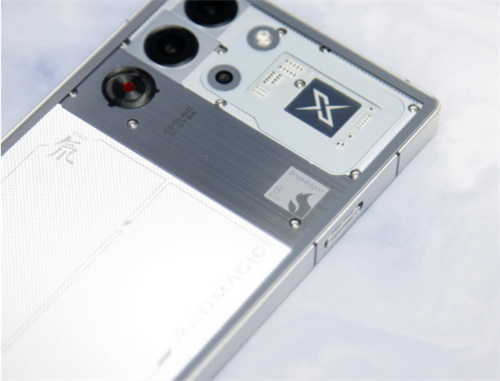
For example, in the performance field, new phones such as Red Magic 10 Pro+ and OnePlus Ace5 Pro have also generally subverted everyone's previous inherent impression that "gaming phones" are destined to be hot and power-consuming. In common high-frame-rate e-sports mobile games, their power consumption is even lower than that of the previous generation of mid-range products. Even among those masterpieces that require more performance, these new generation gaming flagships can not only run full frame rate at the highest picture quality, but also often provide additional "super frame" and "super score" experiences, bringing players an ultimate picture and control enjoyment that was unimaginable in the past.
Why has this generation of flagships made huge progress? The blessing from Snapdragon is very critical
Whether "image flagship" or "game flagship", why are these top-level smartphones generally progressing so rapidly in the past six months?

Obviously, it is not difficult to trace their commonalities that the key to driving all of the above innovative experiences lies in the new Snapdragon 8 Supreme Edition mobile platform.

As the first smartphone SoC under Qualcomm that uses the self-developed Oryon CPU architecture, the Snapdragon 8 Supreme Edition has increased by as much as 40% compared to the previous generation, and the GPU progress is also between 35% and 40%. According to the previous "convention" where the performance of smartphone SoC replacement has increased by about 15%-20%, the Snapdragon 8 Supreme Edition is undoubtedly a "toothpaste burst".
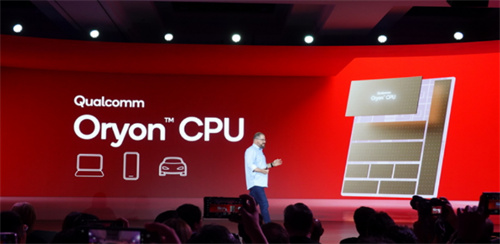
But the real key is not the improvement in the absolute performance value. After all, counting the entire Android mobile phone camp, Snapdragon 8 Supreme Edition is currently the only one. It uses self-developed flagship SoCs in CPU, GPU, NPU, and even audio, wireless, RF and other subsystems.
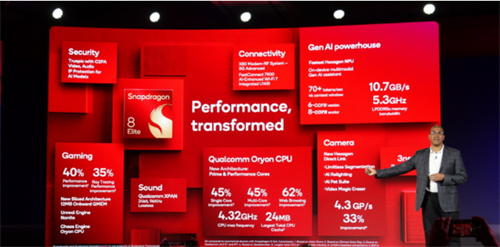
What does this mean? Take the examples mentioned above for example. The key reason why flagship phones based on Snapdragon 8 Supreme Edition can generally achieve a better "far-looking" experience based on generative AI is that Qualcomm can provide it with powerful end-side AI acceleration development tools. On the Snapdragon 8 Supreme Edition, its ISP itself has independent AI computing capabilities, which can provide focus, white balance enhancement based on AI algorithms, and intelligent object recognition based on image semantic segmentation.
After the ISP "recognizes" the type of object, since the CPU, GPU, and NPU of the Snapdragon 8 Supreme version can all perform heterogeneous AI acceleration, it can run a larger-scale locally generated large model at a faster speed. This laid a key foundation for the ultimate better "AI telephoto" performance.
Not just images and games, Snapdragon's ecological advantages are also expanding
In addition, on the "gaming phone" based on Snapdragon 8 Supreme version, on the one hand, the new CPU based on Oryon architecture, and the Adreno 830 GPU that adopts slice design give them peak performance far better than the past. This means that most of the time, these computing units only need to run at extremely low frequencies to meet the needs of high frame rate games. In fact, this is one of the important reasons why Snapdragon 8 Supreme Edition can often show amazing game energy efficiency ratio.
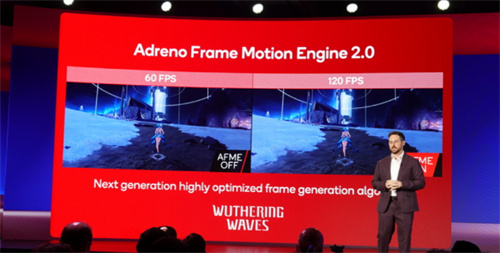
On the other hand, since Qualcomm has "complete autonomy" over the Adreno 830 GPU, this brings two benefits that cannot be ignored. First, they can implement more complex graphics functions on this self-developed GPU, such as desktop graphics cards, "Snapdragon Game Super Resolution" and "Adreno Image Motion Engine" technology that are similar to desktop graphics cards, completely based on GPUs. They do not need to rely on plug-in chips to perform game super-score and super-frames, which can avoid the control delay problems caused by plug-in chips.
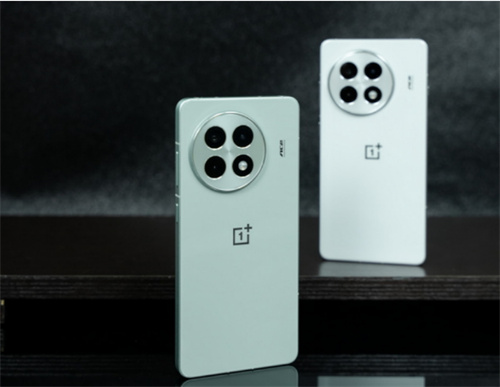
Another point is that Qualcomm does not need to rely on third-party GPU IP authorization, which means that they can provide driver updates to new games and new systems more frequently and faster by themselves. This not only means that models equipped with Snapdragon 8 Supreme Edition are faster in game adaptation, but also means that they can obtain a much longer system update guarantee cycle than other models, making them more durable and more valuable.
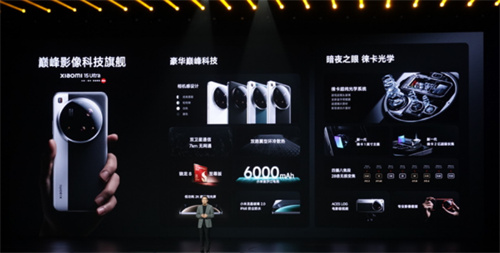
Besides, whether for hardcore gamers or "audio and video entertainment users", the experience bonus of the Snapdragon platform is actually not only reflected in the SoC. Taking the Xiaomi 15 Ultra as an example, when using it with the Xiaomi 10G router based on Qualcomm SoC and the Xiaomi Buds5 Pro wireless headset, a data channel optimized for the game will be automatically established between the mobile phone and the router. Today, the industry's only high-quality WiFi transmission with a code rate of up to 4.2Mbps has set a new benchmark for the wireless sound quality experience of smartphones.
Further popularizing the flagship experience, Qualcomm is establishing a "new order"
What's more interesting is that when Qualcomm has gained a significant leading position in the flagship mobile phone market with the advantages of "full-stack self-development", they are still trying to expand this technological leadership to products in more price ranges.
For example, the fourth generation Snapdragon 8s that was just released not long ago, although it is not named "Supreme Edition", this brand new SoC has a unique "1-super 7" CPU layout in the same level. At the same time, the fourth-generation Snapdragon 8s has the same 18-bit three ISP as the Snapdragon 8 Supreme Edition and the same micro architecture Adreno GPU.
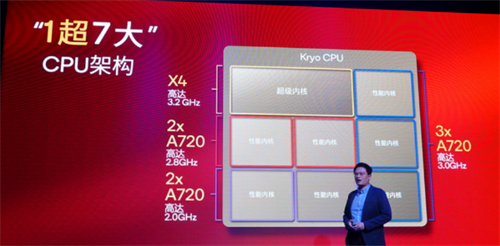
In this way, on the one hand, the fourth-generation Snapdragon 8s has achieved a CPU performance improvement of up to 31% and a 49% GPU performance improvement compared to the previous generation. On the other hand, whether in the image algorithm adaptation, game quality technology of the same flagship model, as well as the system-level AI capabilities, or even in details such as Bluetooth and WiFi standards, the fourth-generation Snapdragon 8s, as a "second-flagship", has brought unexpected performance.
From the result, this naturally means that you will soon see more new Snapdragon mobile platform phones with lower prices but almost the same specific feature experience as high-end flagships. They will not only allow more consumers to experience many flagship functional features under the "Snapdragon system", but more importantly, they will also be expected to effectively promote the technological replacement of mid-to-high-end products.
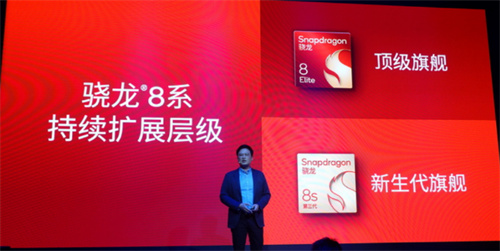
You should know that in today's mobile phone market, although flagship phones have considerable architecture, technology and performance improvements every year, it is not uncommon for some manufacturers to repeatedly use old SoCs in the "under flagship" segment. In this case, when Qualcomm actively "decentralizes" the flagship-level features formed by a large number of self-developed technologies, the significance it brings is not just as simple as "improving cost-effectiveness".
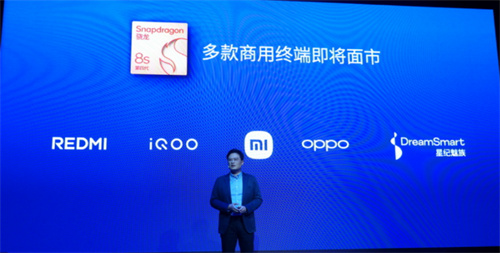
Of course, this undoubtedly reflects from another perspective that Qualcomm has implemented a more positive product attitude than in the past after it has implemented the layout of its all-round self-developed architecture. After all, from their perspective, at this moment, only by promoting the popularization of new architectures and new products more quickly will it be more conducive to the future big strides of the Snapdragon ecosystem.
(The article is reproduced from Sanyi Life)
Play games with like-minded friends. New games must have activation codes, and new servers must have gift packages. The principle is to meet the various needs of players. I look forward to your joining!




















